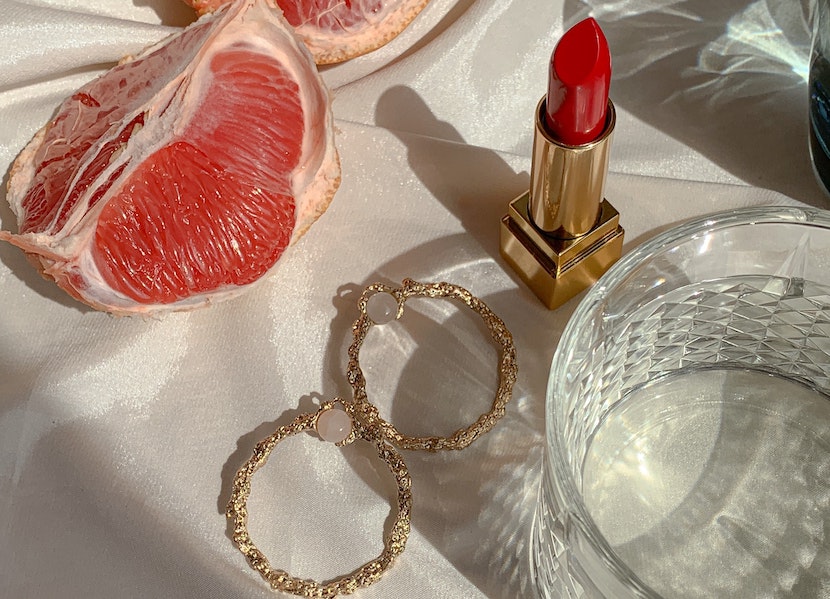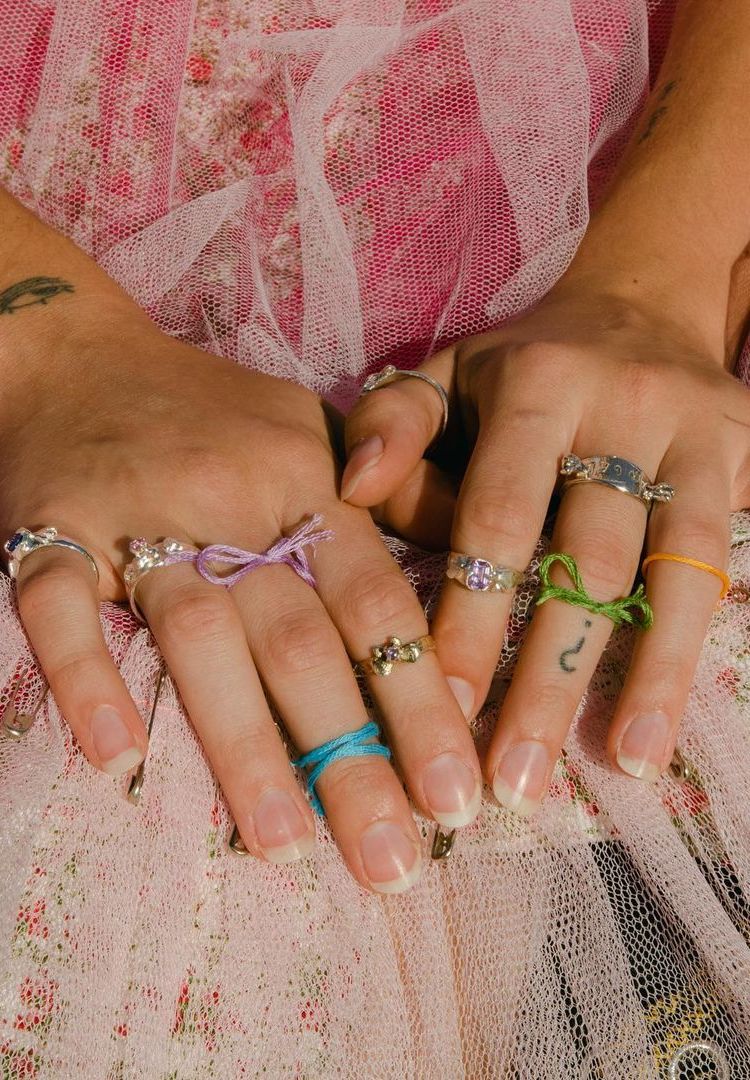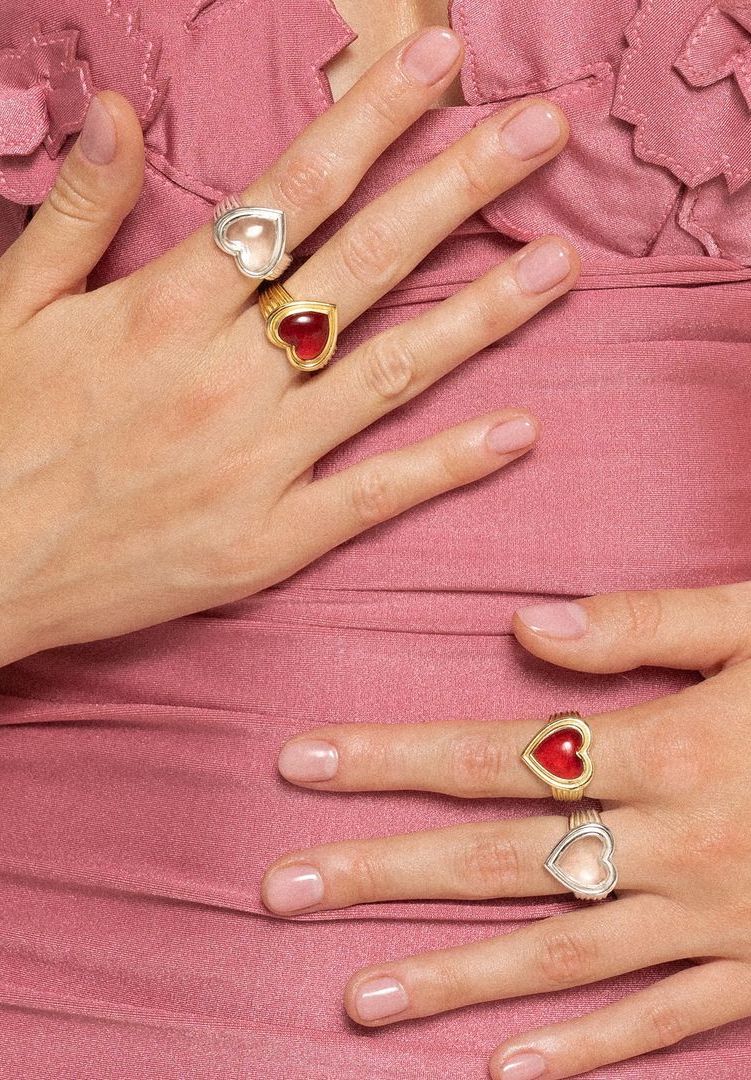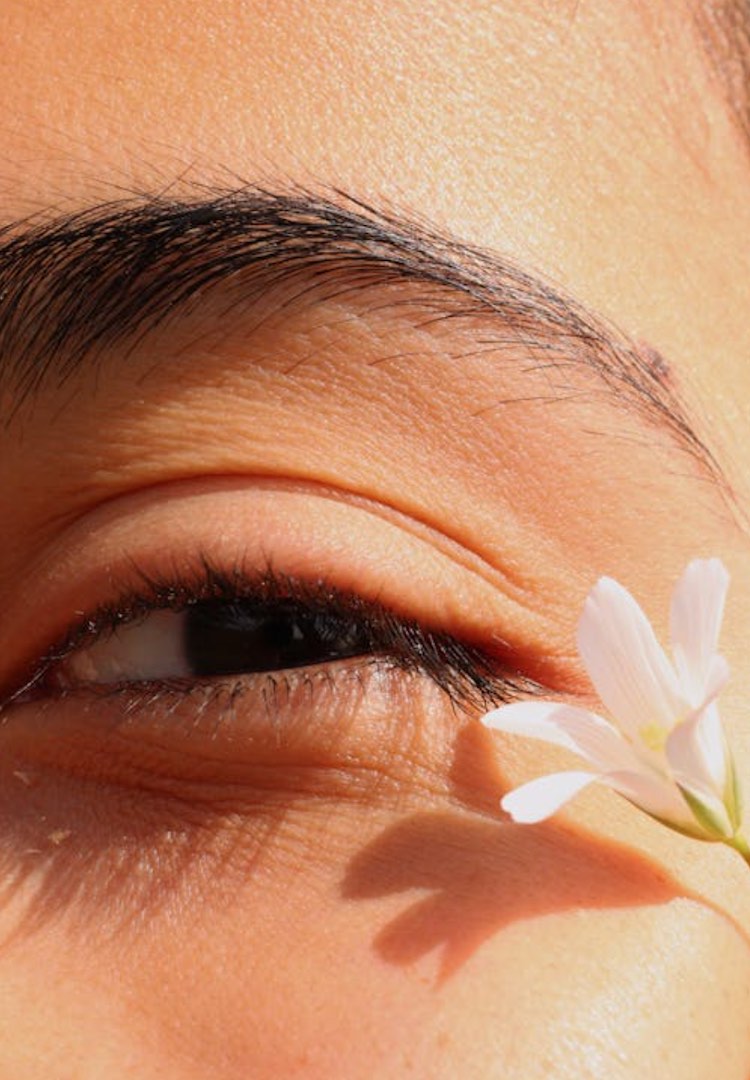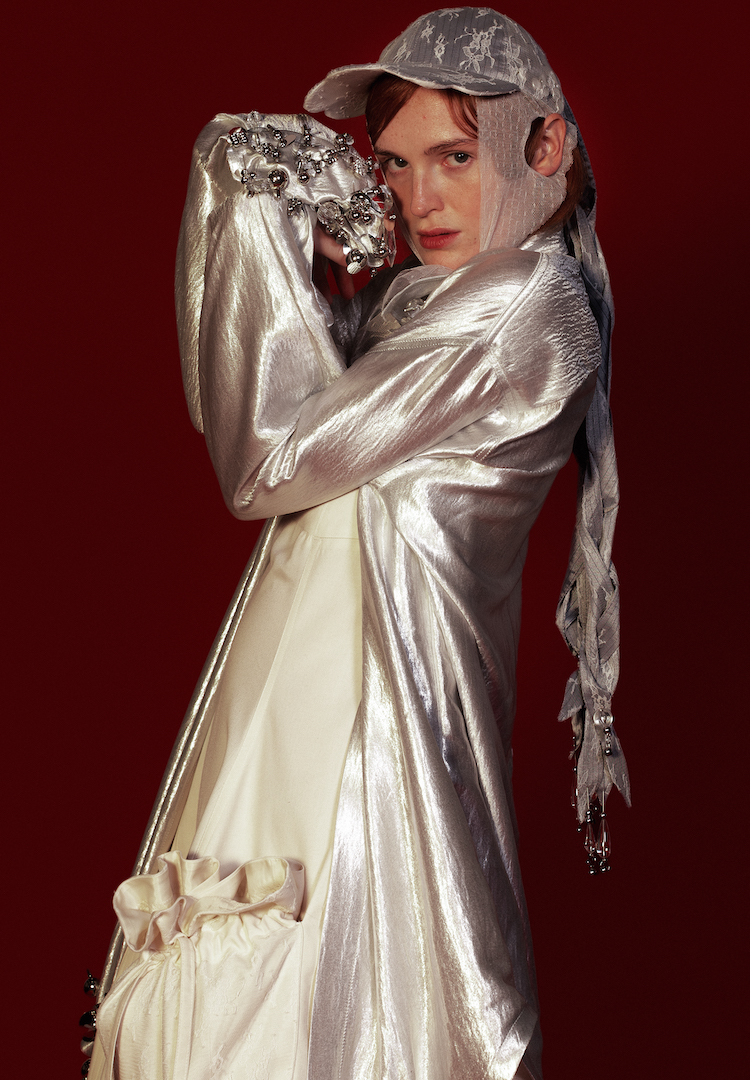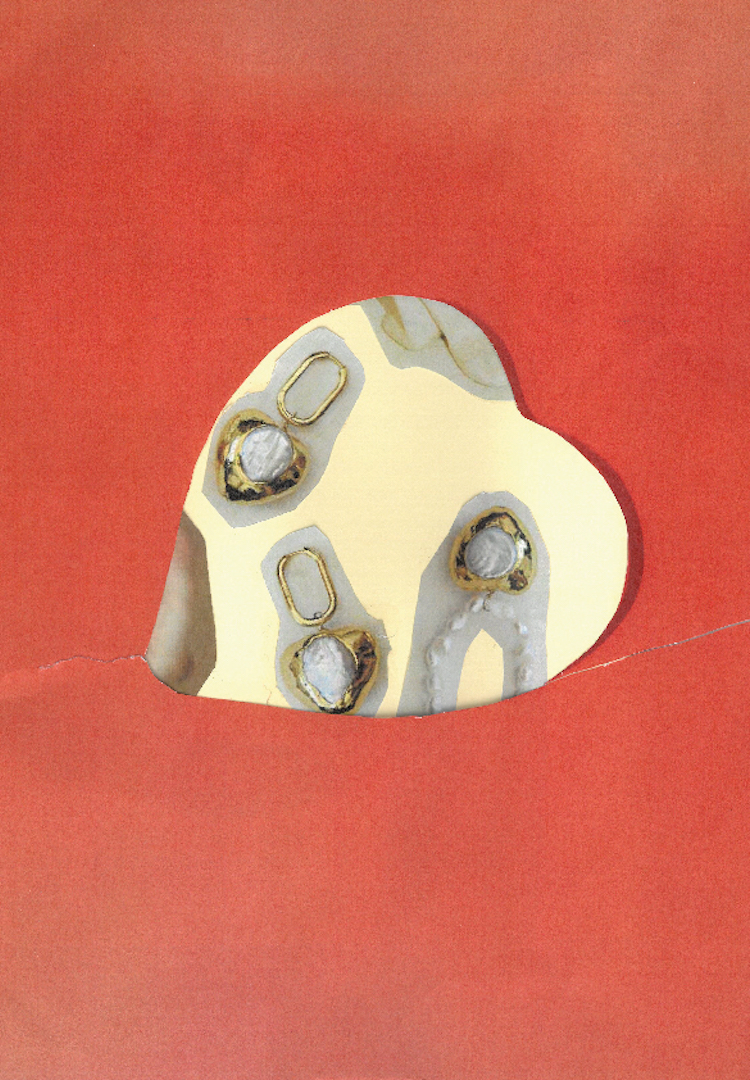How to clean your tarnished jewellery, according to a gemologist
WORDS BY DEANA STEPANIAN
Retaining the shine of precious pieces.
Much to the surprise of my friends, I usually fall asleep with somewhere between five to six rings stacked on my fingers, and multiple earrings clasped into my ears. I’m a jewellery girl through and through, mixing and matching mostly silver and the occasional gold metals throughout the week. While these pieces aren’t prone to green staining, daily grime still builds up over time, meaning the very occasional polish doesn’t quite suffice.
But let’s be honest, the tarnishing of our jewels is sometimes simply unavoidable – especially if they’re glued to your skin like mine. Dirt, debris, and all sorts of reactions can occur between the metals we’re wearing and our surrounding environments.
For more fashion news, shoots, articles and features, head to our Fashion section.
That’s why learning how to properly care for our precious jewels and other trinkets is essential for long-term shine. It’s important to know the difference between caring for silver from brass and diamonds from pearls – each piece requires its own set of distinct care guides.
To learn more, I reached out to fine jewellery experts. Below, gemologist and Co-Founder of Sarah & Sebastian, Sarah Munro, shares her top tips for jewellery care.
What could cause our jewellery to become tarnished over time?
Over time, several factors can cause the tarnishing of jewellery, such as exposure to moisture in the air, chemicals from cosmetics and certain pollutants. At Sarah & Sebastian, we design our jewellery for everyday wear by using solid alloys like gold and platinum, which are less likely to tarnish.
Every precious metal has its own unique characteristics. Silver is best worn as much as possible, and is notorious for tarnishing when stored over time. On the other hand, 10-karat gold, one of the materials we work a lot with, whilst solid is made from other alloys like copper, which can tarnish when reacting with the chemistry of your skin. The good news is that tarnish on solid alloys is beautifully restored unlike plated jewellery, which is more challenging to revive.
Do you have any tips on how to prevent jewellery from tarnishing in the first place?
To prevent tarnishing, you can follow a few simple steps: store your jewellery properly, avoid exposure to moisture and chemicals, choose solid metals like gold and platinum and regularly clean your jewellery.
Your jewellery should be stored individually in a dry, cool place to prevent it from being scratched, tangled or tarnished. Regularly cleaning your jewellery will also maintain its appearance, and can be really helpful in preventing tarnishing from happening in the first place.
What are some safe ways to clean and care for our jewellery at home?
A jewellery care essential is… [a] polishing cloth… It’s a convenient and safe way to give your pieces a quick polish whenever you need it. If you really want to upgrade your jewellery care routine, I also recommend investing in our ultrasonic jewellery cleaner. This will give you a professional-grade clean at home by using sonic vibrations to gently clean dirt and tarnish from your jewellery.
Could you share some insight on how to clean specific types of jewellery, such as silver, gold, or gemstone pieces?
For solid gold and silver pieces… [a] jewellery polishing cloth and an ultrasonic jewellery cleaner [are] best for efficient, safe cleaning. For coloured gemstones and opals, take care with a gentle approach – use a damp, soft cloth with mild soap for cleaning. Always avoid harsh chemicals or bleach, as they can harm the stones. Additionally, refrain from using an ultrasonic cleaner, as the micro-vibrations [could] cause cracking.
Gemstones have a durability scale from zero to ten. Diamonds are at the top with a ten, and sapphires and rubies are close at nine. But those softer stones like emeralds and opals fall between six and eight. This means they need some extra care, as they won’t handle cleaning detergents or sonic vibrations.
… We also advise you to have your diamond jewellery, especially engagement rings, periodically checked and cleaned at our workshop to maintain their integrity.
What solutions should be avoided when cleaning or dealing with different types of jewellery?
For all jewellery, I recommend avoiding contact with chlorine found in swimming pools and household cleaning supplies. Chlorine can cause damage and weaken precious metals, so it’s best to avoid it when you can. I’d also particularly avoid bleach and harsh chemical cleaners, as precious stones and alloys are very sensitive and can be damaged by their use. I’d also avoid home remedies like toothpaste, which can scratch the surface of your jewellery.
Do you recommend certain upkeep for delicate or more valuable pieces?
Most fine jewellery is crafted from 18-karat gold or platinum, which reduces the challenge of tarnishing faced by silver. However, precious metals still require attention from time to time.
Diamonds, being the most resilient gemstones, are also the easiest to clean. Their extreme durability and strength make them highly resistant to scratching, allowing for regular cleaning, including the use of an ultrasonic jewellery cleaner. For jewellery with a diamond in a claw setting, such as a solitaire diamond necklace or a solitaire engagement ring, we recommend visiting our stores every six months to have your setting checked.
The classic trend for bezel settings, where stones are set flush with the surrounding metal, can complicate diamond cleaning. As a precaution, we recommend using an ultrasonic jewellery cleaner for bezel-set pieces, such as our Lunette Necklace, to maintain the diamond’s brilliance and shine over time. For more information on how to clean specific types of jewellery, you can always refer to our online care guide.
For more on cleaning tarnished jewellery, head here.




